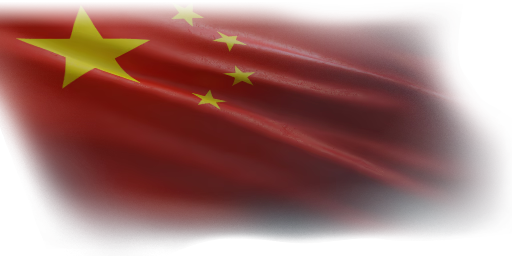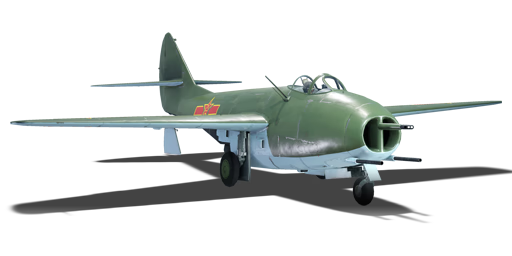



The MiG-9 (China)was the very first jet aircraft to arrive in China and the first jet for PLAAF by 1950. To quickly upgrade PLAAF for the upcoming Korean War and the dire need for major cities' air-defence operations from Nationalist bombers, VVS transferred 9 divisions of the MiG-9 series to PLAAF which also made the officials decide to purchase extra MiG-9 to arm the air force. The aircraft was deemed sufficient to handle earlier jets such as the F-84B or F-80 series, soon after the introduction of the state-of-the-art F-86 series in USAF service and the eventual introduction of MiG-15 in PLAAF service, these MiG-9s were soon retired from frontline and served as PLAAF's jet "lead-in trainer" before their ultimate decommission in 1959.
Introduced in Update 1.91 "Night Vision" with the initial Chinese aviation tech tree, the aircraft shares identical performance to its Soviet counterpart; while it is small and nimble, as well as packs a very heavy punch against rivals, players have to get used to the WWII-era equivalent engine and the ballistic performance to make good use of the first proper jet fighter of PLAAF; any careless moves or not keeping sufficient speed can lead to an embarrassing demise to the aircraft to even a propeller aircraft.
flaps
flaps
flaps
brake
| Belt | Belt filling | Armor penetration (mm) at a distance: | |||||
|---|---|---|---|---|---|---|---|
| 10 m | 100 m | 500 m | 1000 m | 1500 m | 2000 m | ||
| HEFI-T/HEFI-T/API-T | 49 | 47 | 39 | 32 | 26 | 21 | |
| HEFI-T/HEF-I/HEF-I | 6 | 6 | 5 | 4 | 3 | 3 | |
| API-T | 49 | 47 | 39 | 32 | 26 | 21 | |
| Belt | Belt filling | Armor penetration (mm) at a distance: | |||||
|---|---|---|---|---|---|---|---|
| 10 m | 100 m | 500 m | 1000 m | 1500 m | 2000 m | ||
| AP-I/FI-T | 32 | 30 | 22 | 15 | 10 | 7 | |
| FI-T/AP-I/AP-I/AP-I | 32 | 30 | 22 | 15 | 10 | 7 | |
| FI-T/FI-T/FI-T/AP-I | 32 | 30 | 22 | 15 | 10 | 7 | |
| AP-I | 32 | 30 | 22 | 15 | 10 | 7 | |












Flight performance | |
|---|---|
Survivability |
|---|
Weaponry |
|---|